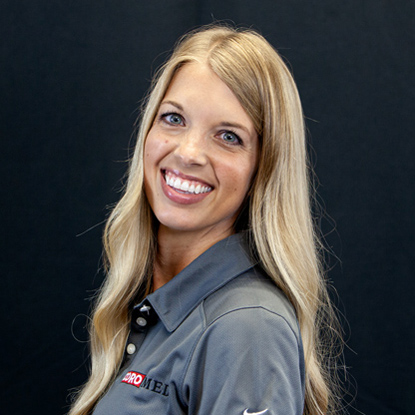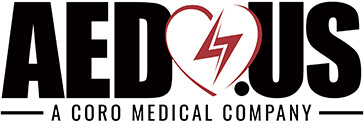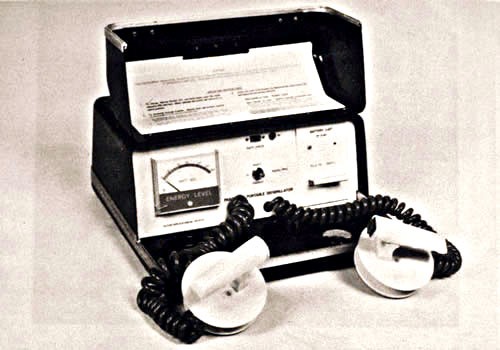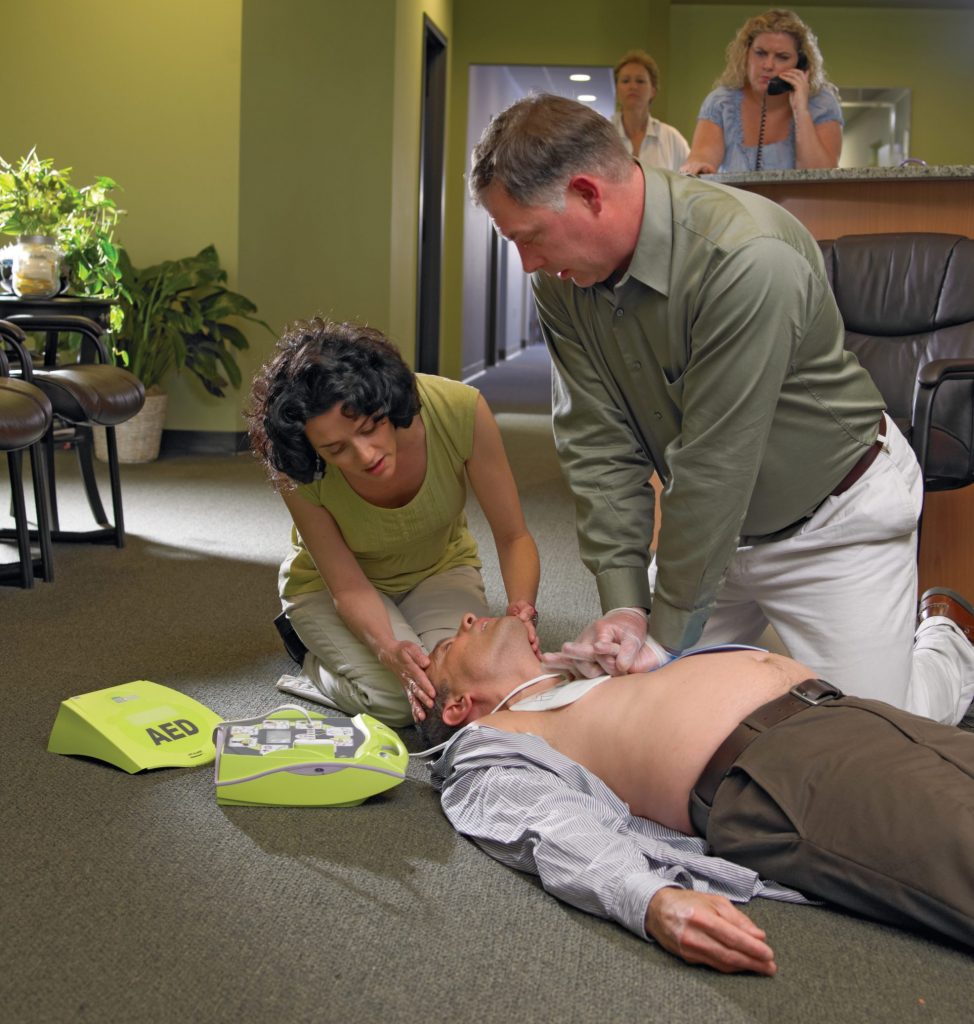Introduction to AEDs
Here at AED.US, our commitment is unwavering in saving the lives of those affected by sudden cardiac arrest (SCA). We offer advanced Automated External Defibrillators (AEDs) and accessories to organizations of all sizes as well as general public access.
Leading Manufacturers We Support
We are proud to offer products from all 6 FDA-approved AED manufacturers, including:
Our overarching goal is to amplify the awareness about the simplicity and accessibility of AEDs, promoting their presence in public areas, workplaces, and residences.
The Essence of an AED Machine
An AED is a small medical device. It can detect and treat an abnormal heart rhythm. It does this by delivering an electric shock to the heart. The shock is meant to restore a normal heartbeat.
With their portability and user-friendly design, AEDs are the sole life-saving solution for SCA victims. These devices are equipped with voice prompts and visual cues, guiding the first responder meticulously through the defibrillation process.
Historical Glimpse: The Inception of the Defibrillator
The inception of the modern portable AED can be traced back to the mid-1960s, credited to Frank Pantridge from Belfast, Ireland. His initial design, powered by a car battery, weighed a hefty 154 pounds. However, by 1968, Pantridge introduced a revamped design, reducing the weight to a mere 6.61 pounds.
AEDs in Action: How Do They Operate?
Designed for simplicity, AEDs can be effectively operated by a responder, irrespective of their training level. Modern AEDs come with streamlined operations, complemented by visual and voice-guided instructions. It’s imperative to adhere to these instructions.
Legal Landscape: AED Regulations
AEDs fall under the purview of the Food & Drug Administration (FDA) and are classified as Class III medical devices for treating sudden cardiac arrest. The FDA requires a prescription for buying or selling any AEDs in the US. These prescriptions are provided by AED.US with each AED purchase at no additional charge.
The Imperative of AEDs in Educational Institutions
The installation of AEDs in educational settings is paramount. With the overwhelming evidence supporting their efficacy, it’s imperative for educational institutions to have an AED program in place.
AEDs in the Corporate World
Businesses must prioritize the safety of their employees and clientele. While there aren’t universal legal requirements for AEDs in businesses, the absence of these devices could lead to potential liabilities.
State-Specific AED Mandates
The regulations governing AEDs differ across states, encompassing aspects like device registration, training, physician oversight, and placement requirements.
Key Locations Mandating AEDs
Certain states necessitate the availability of AEDs in specific locations such as:
- New construction areas
- Dental clinics
- Large facilities or religious establishments
- Coal mines
- Golf courses
- Correctional facilities
- Beaches
- Health clubs
- Dialysis centers
Deciphering AED Types
We can broadly categorize AEDs into:
- Fully Automatic AEDs: These devices monitor the heart’s rhythm and deliver the shock when deemed necessary.
- Semi-Automatic AEDs: These function similarly to their fully automatic counterparts but require the user to manually administer the shock.
A Glimpse at Our AED Offerings
We provide a comprehensive range of AEDs from leading US manufacturers:
- Physio-Control: Known for their LIFEPAK line of AEDs, which balance ease-of-use with advanced technology.
- HeartSine: Offers lightweight devices with high protection against dust and water.
- Cardiac Science: Renowned for their Powerheart family of AEDs, which come with advanced life-saving technology.
- Philips: Their devices are known for simplicity and ease of use, making them a household name.
- Defibtech: Their Lifeline AEDs are intuitive, durable, and use biphasic technology.
- ZOLL: Their AEDs come with Real CPR Help technology, guiding the user through the rescue process.

Essential AED Accessories
- AED Pads: These are vital for delivering the shock and should be replaced after each use.
- AED Batteries: Regular maintenance and timely replacement are crucial.
- AED Cases/Cabinets: Protect your AED from wear and tear.
- Protective Equipment: Ensure hygiene and safety during first aid and Cardiopulmonary Resuscitation (CPR).
Training and Certification
AED.US offers both classroom and blended first aid, CPR, and AED training certification. Our certification lasts for two years, and we manage expiration dates to ensure timely re-certification.
AED and CPR: A Lifesaving Duo
Understanding the synergy between CPR and AED is crucial. While CPR is essential for a non-responsive and non-breathing patient, an AED should be applied post-CPR. Always ensure to call 911 immediately upon arriving at the scene.
Reach Out to AED.US
Sudden Cardiac Arrest is a leading cause of death in the USA. Equip yourself with the knowledge and resources to tackle an SCA incident. AED.US is your go-to source for all things related to Automated External Defibrillators. Let us assist you in making a difference. Call us today at 888-652-1882.

Written by Blaire Kingsmore
Customer Service Director
Fact checked by Phillip Woods, BA, NREMT-P, FP-C
Blaire attended the University of Tennessee where she graduated with a Bachelor of Science in Human Ecology- Child and Family Studies. She has been in the Automated External Defibrillator (AED) industry for over eight years and is the Director of Customer Service for Coro Medical. Blaire is also an American Red Cross-certified CPR/AED/First Aid Instructor, highly trained by each manufacturer on their specific AEDs, and knowledgeable regarding ALL State AED regulations and legislation.
Last updated September 20, 2023













